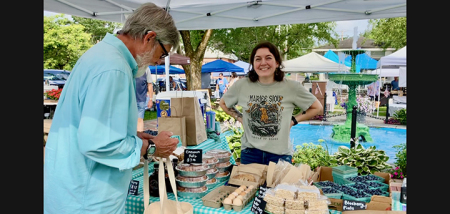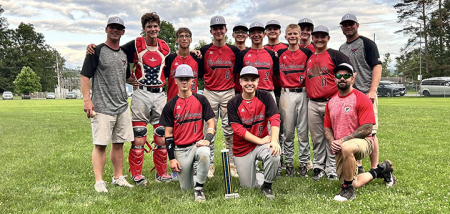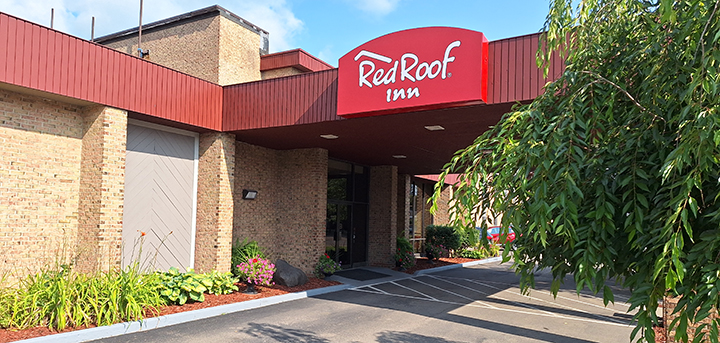Youth Turkey Hunting Weekend Is Fast Approaching
Published:
April 13th, 2017
Eric Davis
Mayhood’s Sporting Goods
CHENANGO COUNTY – Around 2004 or 2005, the New York State Department of Environmental Conservation began having an annual Youth Turkey Hunt weekend.
This is held on the weekend prior to opening day (May 1st) and allows hunters ages 12-15 to hunt turkeys with an adult mentor – 12 and 13 year old hunters must hunt with a mentor who is at least 21 years old, 14 and 15 year old hunters must hunt with a mentor who is at least 18 years old.
The youth hunter must have their New York State hunting license and turkey permit. Only the youth hunter can carry a firearm so they are the only one who can harvest a turkey during the weekend.
These youth hunters are allowed to harvest one bearded turkey for the weekend. This means they can harvest their second bearded turkey during the regular season.
By allowing youth hunters to hunt before the regular season, it allows them an opportunity to harvest a turkey before they can get hunted during the regular season. Some hunters view this as an unfair advantage that is given to these youth hunters. However, today many youth do not have the hunting background where they grow up handling firearms and hunting like it was in the past. By the time many youth can hunt – 12 years old in New York State – they already have other things going on that they enjoy such as sports, video games, and so on.
With their time already divided among these many activities, trying to find time to go hunting can be limited. By making the youth hunt a consistent time, it allows plans to be made in advance.
From a scientific point of view, hunting in April does not give youth hunters an advantage. If anything, it is a disadvantage. Peak nesting on average in New York State begins on May 1, each year. This is based on radio-tracking surveys conducted by the NYSDEC. This means that hunting will be better once nesting begins. Once hens are sitting on nests, they do not leave the nest for close to a month. This eliminates the competition that is created by hens when hunters are trying to call toms in.
This means that in April, the majority of hens are still looking to breed and causing toms to be harder to call in. This would be most easily compared to the ‘lock down’ phase of the whitetail rut where bucks focus on one doe and stay with her until she’s ready to breed.
If you are interested in participating in the Youth Turkey Hunt as either a hunter or a mentor, check with your local rod and gun club to see if there is any events being coordinated through them.
Some places will have a lunch planned after the hunt, or have meet-and-greet nights in advance of the hunt itself to go over safety techniques in the field – as well as to ensure hunters and mentors can get to know each other.
I highly recommend taking someone out in the turkey woods if you can. I harvested my first turkey during the Youth Turkey Hunt during on of the first years it was held. I have been an avid turkey hunter ever since. I have had the good fortune of watching my girlfriend – now my wife – harvest her first turkey when we first started dating in college. There is no greater reward than calling in a turkey and watching the excitement on a hunters face at the end of the hunt.
With the mild winter from 2015-2016, turkey numbers should be up hopefully with a lot of two year old toms running around the woods, so this spring may be a chance for many hunters, not just youth, to harvest their first turkey.
If you are new to turkey hunting here a few quick tips that can help you this spring.
Wild turkeys can see color so wearing full camouflage is necessary. This includes gloves and face-masks – unless you like painting your face. Invest in a vest designed for turkey hunting as it will have pockets for your calls and it will have a seat cushion built in because sitting on the ground is not comfortable without a cushion.
If one were to look up videos online, you could easily learn to use about any turkey call out there in a matter of hours. The basic sounds that you need to know are the yelp, cluck, and purr.
Be careful not to over-call. A good rule of thumb is to match what the turkeys are doing. If you hear hens calling a lot, call a lot. Likewise if they are quiet.
Being in the woods at daybreak is a must, so you can hear toms gobbling on the roost. Try to get at least 200 yards from the tom to set up and start calling. If you can get 100 yards or closer, that’s even better.
A decoy can help convince a tom to come in closer, especially if you are hunting in open terrain where they can see more than 60 yards, to know if there really is a hen there that is calling.
If you use a tom or jake decoy, you must be careful as they can raise safety concerns by enticing other hunters to shoot them if they are trying to sneak in close to a gobbling bird.
The greatest tip that I have received for turkey hunting has been to always be slow when making any kind of movement when you are set up. Turkeys have amazing eyesight and can pick up even the smallest amount of movement from a good distance away.
Submitted Photo
Comments










